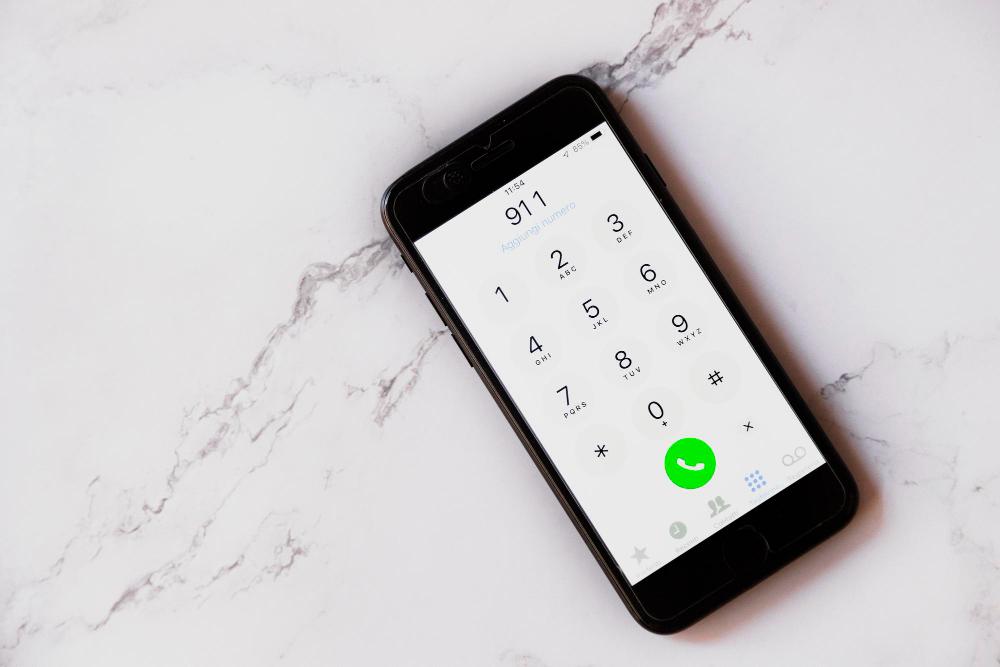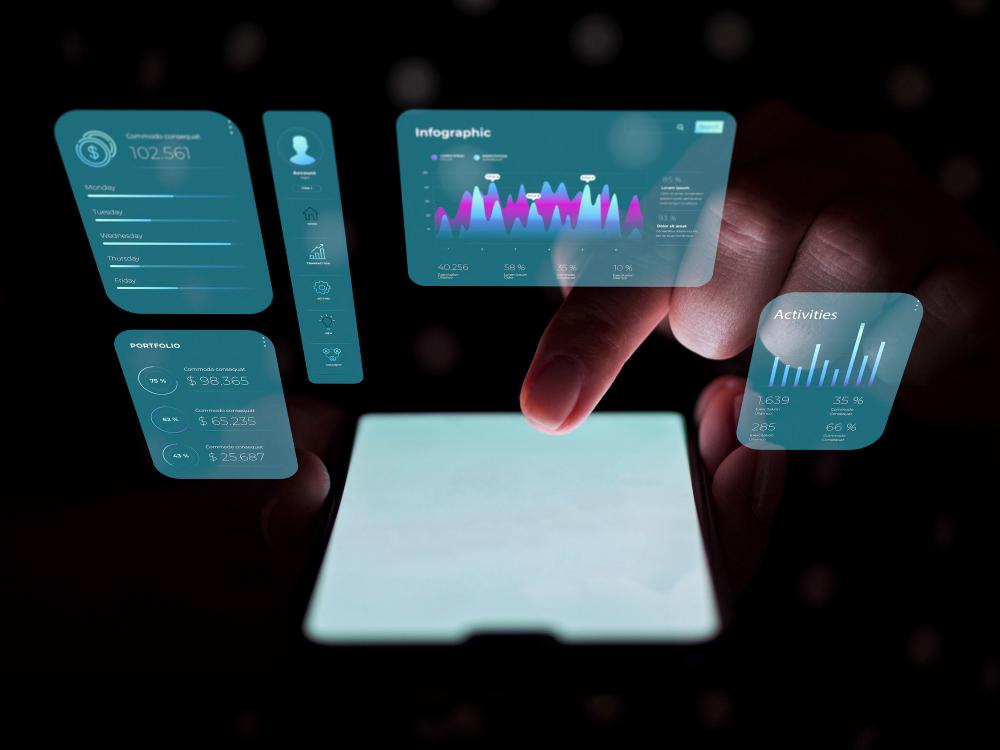If you have a landline, you might feel restricted by it. You can never step away from it for too long because you could miss an important call. In such an irritating scenario, you might consider switching to a smartphone. Another reason for switching to a smartphone is, according to reports, a median of 89% of the world’s adult population owns a smartphone.
However, that may require you to change all your marketing material to update your contact information. Moreover, you may lose contacts if they’re unaware of this change. That’s where the forwarding calls method comes in.
In this blog post, we’ll explore the three ways you can forward calls from your landline to your smartphone.
By learning how to divert a landline to a mobile, you can keep your previous setup and guarantee you receive all your calls.
3 Ways to Divert Calls from a Landline to a Mobile
When you need to keep receiving calls when you’re away from your landline, you can use the following ways:

1. Use a Receptionist
Traditionally, you would use a receptionist to forward a call. It’s a manual method that comes with additional features such as:
- Screening Calls: Your receptionist can verify the identity of the caller, and the purpose of the call, and refuse the call if needed.
- Prepare You for a Call: Before they forward a call, they can alert you to what the caller wants and their mood.
- Take Messages: They can write down messages from callers for you to read at a later time.
- Redirect a Call: If the caller is meant to reach someone else, the receptionist can divert the call to the right person.
However, using a receptionist is one of the most expensive ways to forward a landline to a mobile. In the USA, their salary averages around $37,370 – $39,178 per year. Furthermore, since this system isn’t automatic, a receptionist can easily disrupt it whenever they’re not available such as when they take a sick leave or are on break. You might need multiple receptionists to cover all your working hours.
2. Use a Star Code

The second way you can forward a call is by using a star code. Usually, pressing *72 will allow you to forward a call. If it doesn’t work, you may need to contact your phone service to learn which code you should use.
Here’s how to divert a landline to a mobile with a star code:
- Press *72: To activate the call forwarding feature on your landline, you should first press *72 or your specific forwarding star code.
- Press Your Phone Number: After you’ve pressed *72, you should add the number you want it to divert to. It should be the full phone number, including the area code.
- Press Call: Now that you’ve pressed your phone number, you should call. There should be an update saying it will now forward your calls.
- Press *73: When you wish to stop the call forwarding, you should press *73 or your specific code. You’ll also receive an update saying that your landline won’t forward calls anymore.
Since you only need to press a few buttons, you don’t need to spend any more than what you already did to receive your phone services. Additionally, this method seamlessly transfers all your calls with near-zero mistakes.
Then again, it requires you to set it up every time you wish to forward your call while other methods allow you to set it up once only. Furthermore, its automatic nature makes it possible to disturb your private time. While a receptionist could ensure your calls don’t disturb your break times, this method will transfer the call regardless of whether you’re busy unless you turn it off. Moreover, since there’s no screening function, it will also divert calls to you meant for your coworkers.
3. Use a Virtual Phone System

Lastly, you can divert calls from a landline to a mobile with a virtual phone system. This is a service you can use to manage calls and other communication systems such as texts and emails. It uses either the internet or carrier networks. Yet unlike with the star code method, once you’ve set it up once, you’ll no longer need to configure it.
In addition, this method costs $10 – $40 a month per user. Since this method is less secure than the others, you may need to spend even more to strengthen the security of your communication system.
Which Call Forwarding Option Is Right for You?
Since each method has drawbacks and benefits, the option you should use depends on your situation. For example, if you have a large team, a virtual phone system may be the most functional and cost-effective option. However, if you receive few calls in general or need higher security, hiring a receptionist may cost less. Similarly, if you’re in a zone with a poor internet connection, using a receptionist or a star code may be the only viable option for high sound quality.
Here’s a table detailing the differences between these call-forwarding options for you to make your decision:
| Differences | Receptionist | Star Code | Virtual Phone System |
| Average Cost per Year | $38,274 | $0 | $120 – $360 (per user) |
| Security | High | High | Low |
| Sound Quality | High | High | Possibly Low |
| Message Feature | Yes | No | Yes |
| Screening | Yes | No | Possibly |
| Suitability for Large Teams | Medium | Low | High |
| Suitability for Large Call Volume | Medium | Medium | High |
Conclusion
Now you know how to divert a landline to a mobile using a receptionist, a star code, or a virtual phone system. Each method offers unique features to enhance your call management. For instance, a receptionist can not only forward your calls but also provide details about the caller’s purpose and mood. The star code feature allows you to receive calls seamlessly at any time of the day. On the other hand, a virtual phone system extends capabilities further by enabling you to receive texts and emails, making your communication even more versatile.
Overall, the method you choose should depend on the number of people in your communication system, the sensitivity of your calls, whether you have access to a good internet connection, and your budget.

